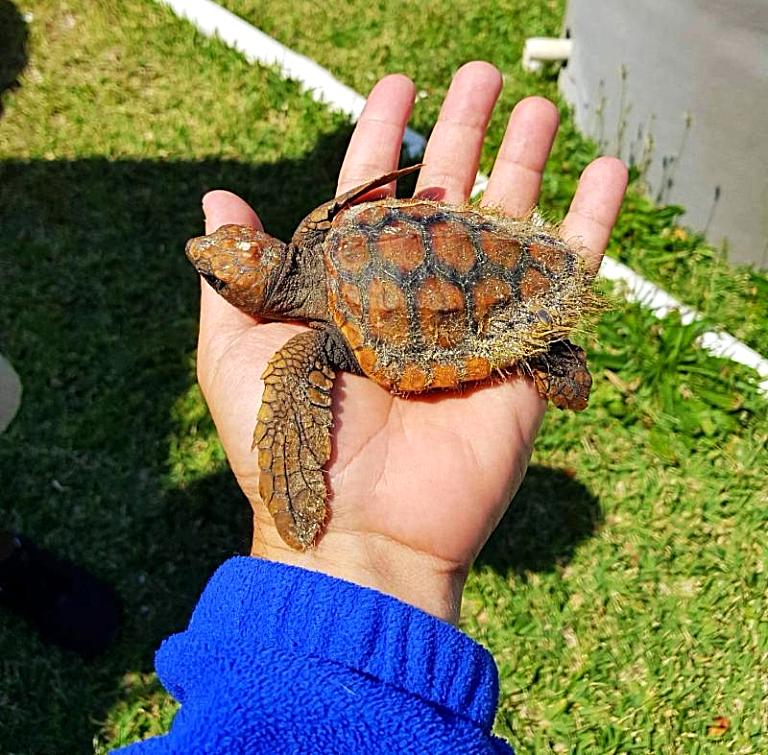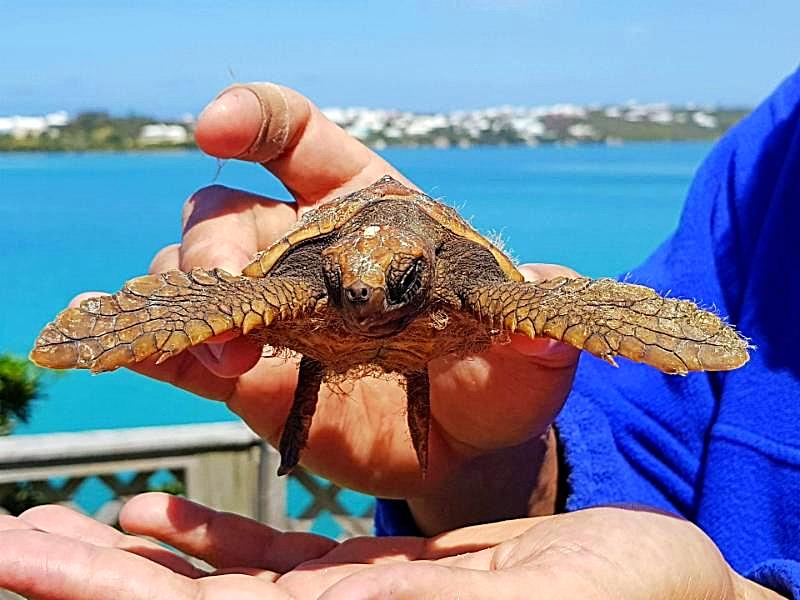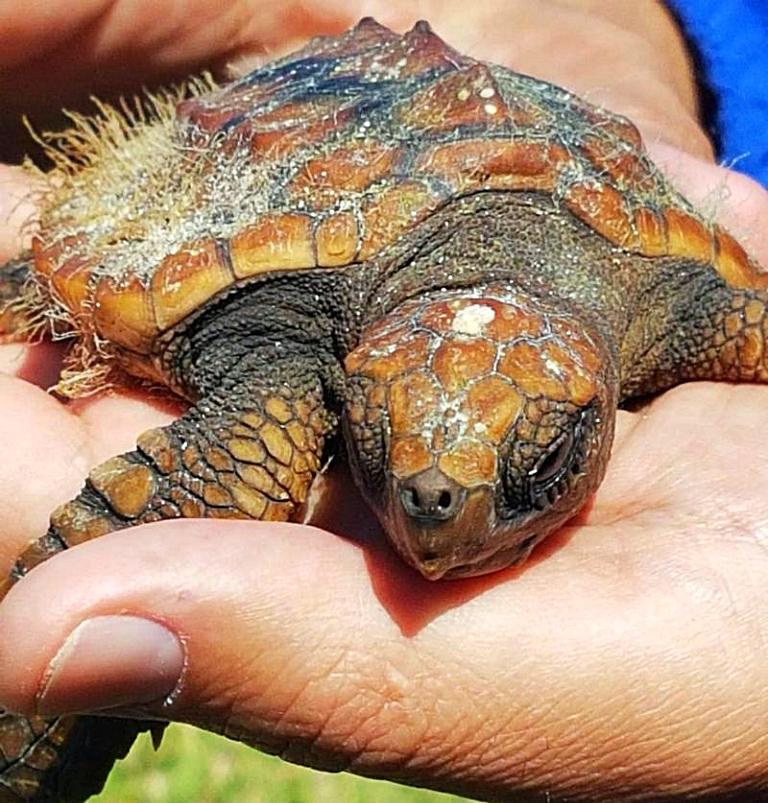Recent News
Photos: Lions Club Gas-O-Rama FundraiserSaturday, February 13, 2021
The Hamilton Lions Club, BZS Junior Volunteers and Rubis Terceira North Shore Gas Station are helping to raise money for Vision Bermuda and the Bermuda Zoological Society, with the 52nd annual Gas-O-Rama taking place today [Feb 13] at the gas station in Devonshire.
‘The Hunt’ Was On For Families Over Holiday
Tuesday, January 12, 2021
Over 80 families registered ‘The Hunt’, and those taking part have been able to experience and learn more about their island they thought they knew so well.
Rubis calendars will now be sold
Tuesday, December 08, 2020
After 42 years of being free, the Rubis calendar will now cost $5 each.
Aquarium junior volunteers get chance to complete programme
Thursday, December 03, 2020
Pupils enrolled in a competitive volunteer programme through the Bermuda Zoological Society have been given a second chance to complete it in the wake of Covid-19.
Bermuda Turtle Project Continues Research
Monday, October 15, 2018
The Bermuda Zoological Society in partnership with the Sea Turtle Conservancy completed another research and education programme this year, with the Bermuda Turtle Project committed to the goal of promoting the conservation of marine turtlesthrough research and education.
About
GovernanceAbout Us
Newsletter
Latest News
Gift & Bookstore
Contact
General Inquiries
info@bzs.bm
Latest News
All the latest updates and news from the Bermuda Aquarium, Museum, and Zoo, one of Bermuda's leading visitor attractions!
Excerpt from WILD News May 2018

This is Sheldon, a juvenile loggerhead turtle. Between December and March juvenile sea turtles (loggerheads, hawksbills and green sea turtles) will be swept up past Bermuda as they drift with their transient home of Sargassum. Sargassum is brown algae found in the Atlantic Ocean that forms dense floating masses called rafts which provide shelter, transport and food for many organisms. During this stage of their life (post hatchling), turtles are carried around with the currents. The Sargassum provides food such shrimp, tiny crabs and fish. Sea turtles eat whatever floats by and this often gets them into trouble. The Sargasso Sea is located in the North Atlantic Gyre and collects lots of microplastics. Sea turtles are not picky eaters and may eat the plastics This can cause an impaction of their digestive tract which can be life-threatening.


As they pass by Bermuda, they may be washed ashore by a winter storm or get picked up by birds that later drop them. As a result, these little critters can end up on one of our beaches or dropped amongst the rocks. The Wildlife Rehabilitation Department at BAMZ sees one or two post hatchling sea turtles a year. These post hatchlings are three to four inches in length and tend to be thin and exhausted from their journey. Because of their tiny size, they may have sustained injuries from predator attacks. We monitor them and give them time to rest and regain strength. Any injuries are treated and an appropriate amount of time is given to heal. We wait until the water warms up and we see large rafts of Sargassum returning offshore (May or June) before releasing them. By this time they have grown six to eight inches long. The release is done offshore so they can pick up the currents under a Sargassum raft and continue on their ocean journey. They will return to Bermuda again in 3-4 years as they move from their pelagic lifestyle to the reef shelf.

The current juvenile loggerhead was found on the beach at Willowbank on March 30, 2018. It appears healthy and is gaining weight. We hope to get it back out to the big blue in the near future. Note the tank it is currently in is actually the perfect spot for it at the moment. It would normally be in the open ocean all day in a vast sea of blue, and only given shelter by a Sargassum raft. The blue background is exactly what it would be seeing in the wild. Also, we can't tell the sex of the turtle at this age without a blood sample, so the sex remains unknown.



